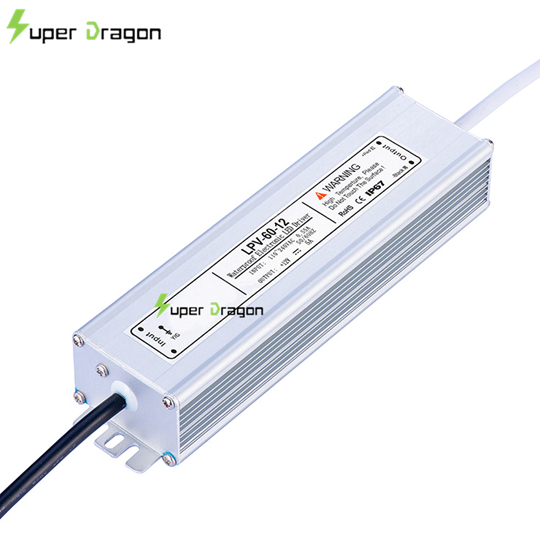Comparing to basic integrated circuits to large power supplies from the discrete component, there is a need for a power regulator in PCB. This is very important in in order to help the system work properly.

Most times we think power sources provide steady DC or AC out, but it is not the case mostly.
Definitely, precision digital systems and analog systems require a predictable and stable voltage output with very high efficiency.
By taking note, we may ask; what can determine the stability, efficiency, and power output in switching power supply design?
However, if you need high-quality switching power supplies, you can consult a reliable switching power supply manufacturer.
We can break this down to five specific areas:
PDN impedance
Switching converter topology
Supporting circuitry
Switching frequency
Component selection
The first two aforementioned points listed above are regularly afterthoughts in switching power supply design.
But they cannot be left out because they are most important for low-level systems.
Examples of such low-level systems are low power IoT device and precision analog systems.
Here is what you will like to know about switching power supply design:
Switching Power Supply Design Tips
Low-Level DC Systems
Distinctive switching power supply for low-level/low power digital systems sometimes contains control circuits in a small IC package.
Therefore, you may be concerned with ensuring your unregulated inputs remain within the accurate range.
In battery-powered systems, the battery voltage will drop as the battery discharges.
Therefore, you will need to ensure that the input remains at the preferred current/voltage in order to keep the system running.
A normal topology is to position an LDO regulator at the output phase.
This will ensure constant output current and voltage providing its input voltage is above the required headroom.
Generally, you need to place the input and output EMI filter circuit. Also, the capacitor and inductor needed for regulation out power.
High Power Systems
Either high voltage/low current or low voltage/high current, there is an IC switching regulator you can buy that will include the circuit regulator you require.
Therefore, you will need to keep to the same strategy for your layout and component selection as you would if you are working at low power.
The switching regulator ICs that can provide a range of output powers and accept a broad range of inputs are available.
In high power systems, high voltage, and high current, the condition is completely different.
This, in part is because it requires laying out each functional block in switching power supplies which are designed from scratch.
Generally, you need to put into consideration the following aspects to make the system produce the desired power output:
PWM generator
This sets the output for a boost, buck, buck-boost, or other converter topology to a particular level, which is a dependence on the duty cycle.
In recent regulator ICs, the PWM generator may be integrated and programmable into the converter.
In some cases, you can supply the MCU with a PWM signal or in a separate generator IC.
Control circuitry with feedback
Generally, the control circuit depends on feedback for accurate control, and switching power supply design is no different.
High power systems, also, regularly use a current sense amplifier to verify if the current output is at the needed level.
The output amplifier is used by an MCU or PMW generator in adjusting the output voltage through adjustment of the duty cycle of the PWM signal
Rugged components
Definitely, you will not want your power system to fail just because your components cannot handle the voltage/current they need to supply.
Semi-conductors, particularly FETs used in switching power supplies, can fail if it is overdriven to the highest level (thermal failure).
Thermal management
A 99% efficient power regulator can reach an extreme temperature if the heat is not
Even a 99% efficient power regulator will reach a high temperature if heat is not freed from the system.
Therefore, keeping the system cool requires heat sinks, fans, or both.
A power factor correction (PFC) circuit is needed if you are designing DC power conversion with an AC power source.
It will ensure that the switching regulator stage in your power supply draws a nearly sinusoidal source of current instead of drawing current in short bursts.
Summary
PCB is a need for a power regulator in order to work properly. In high voltage/low current or low voltage/high current, there is an IC switching regulator you can buy that will include the circuit regulator.
However, when you need high-quality switching power supplies, you can consult a reliable switching power supply manufacturer.